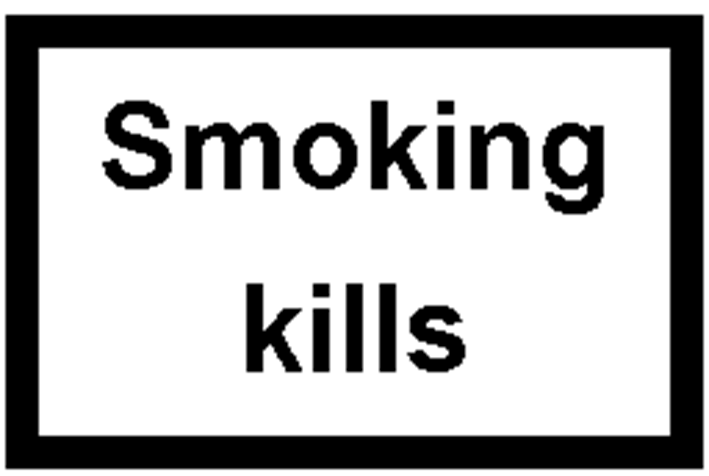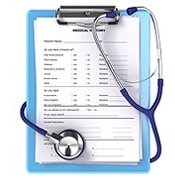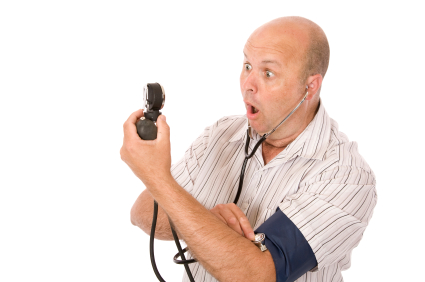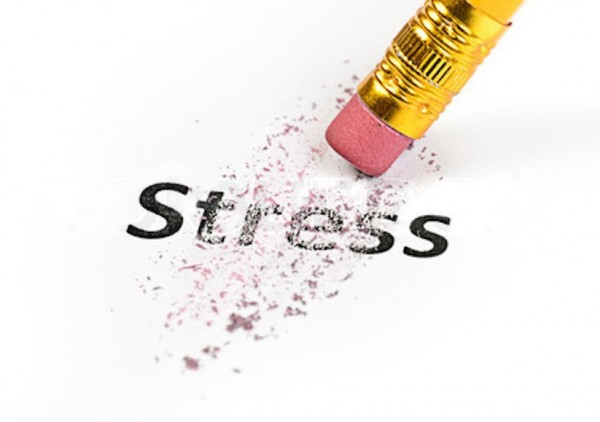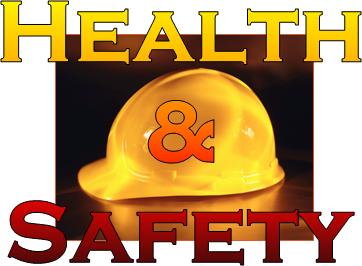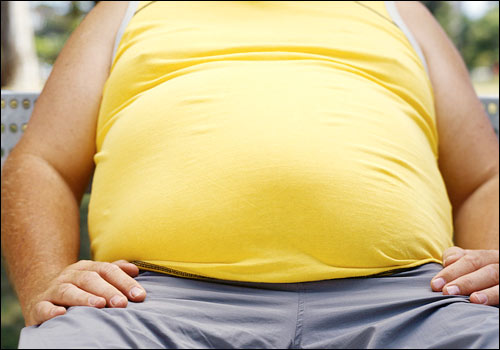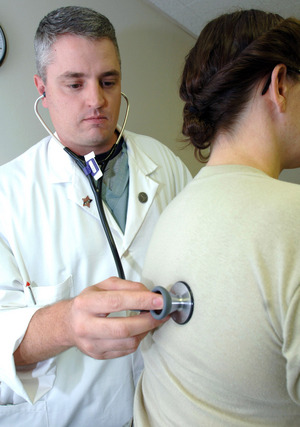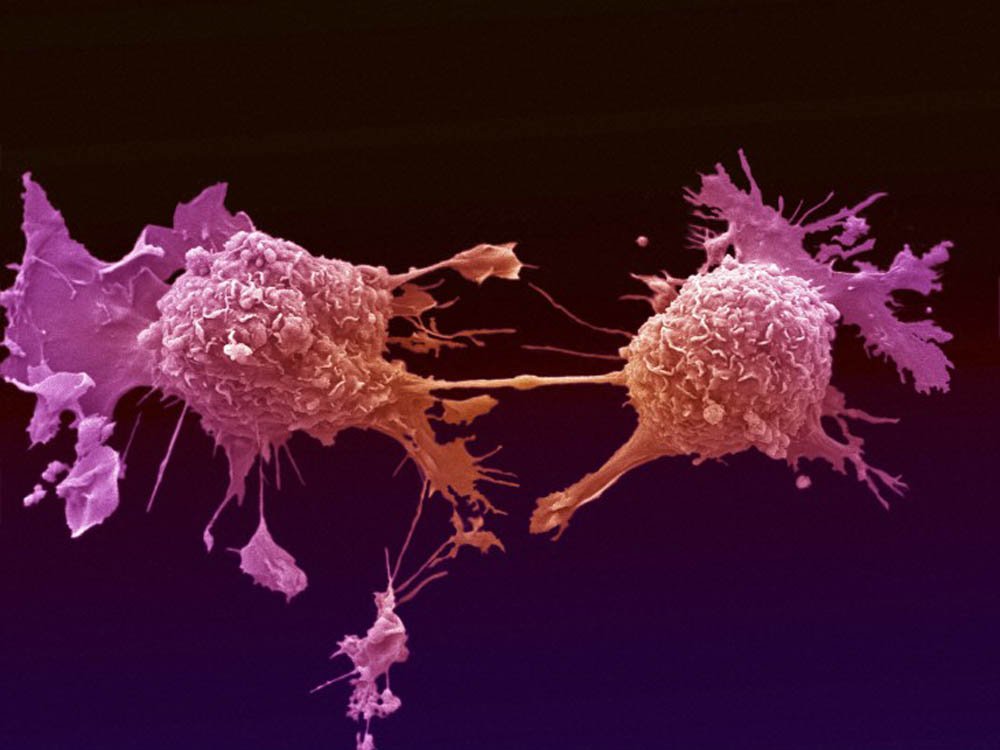 What Is Cancer?
What Is Cancer?
Cancer is a term used for diseases in which abnormal cells divide without control and are able to invade other tissues. Cancer cells can spread to other parts of the body through the blood and lymph systems. Cancer is not just one disease, but many diseases. There are more than 100 different types of cancer.
How Can Cancer Be Prevented?
The number of new cancer cases can be reduced, and many cancer deaths can be prevented. Research shows that screening for cervical and colorectal cancers as recommended helps prevent these diseases by finding precancerous lesions so they can be treated before they become cancerous. Screening for cervical, colorectal, and breast cancers also helps find these diseases at an early, often highly treatable stage.
Vaccines also help reduce cancer risk. The human papillomavirus (HPV) vaccine helps prevent most cervical cancers and some vaginal and vulvar cancers, and the hepatitis B vaccine can help reduce liver cancer risk. Making cancer screening, information, and referral services available and accessible to all Americans can reduce cancer incidence and deaths.
A person’s cancer risk can be reduced in other ways by receiving regular medical care, avoiding tobacco, limiting alcohol use, avoiding excessive exposure to ultraviolet rays from the sun and tanning beds, eating a diet rich in fruits and vegetables, maintaining a healthy weight, and being physically active.
via CDC – Cancer – Prevention.
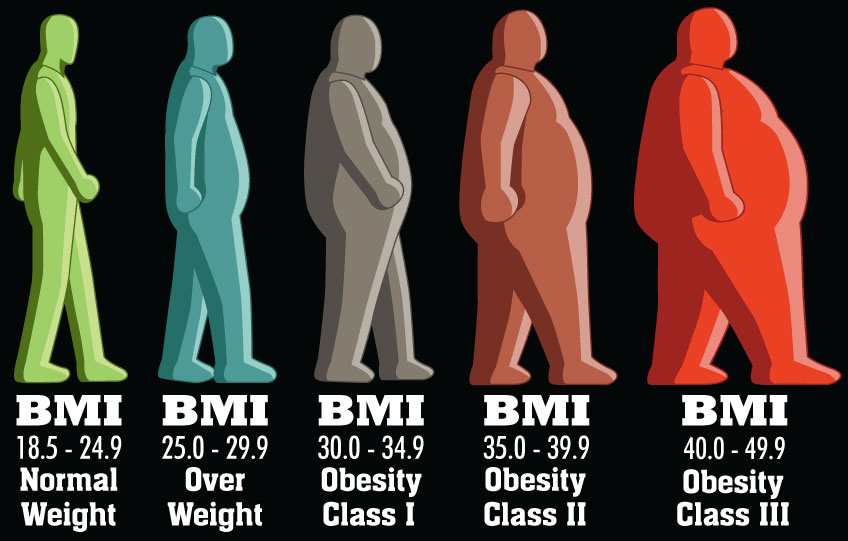 Body Mass Index (BMI) is a number calculated from a person’s weight and height. BMI is a fairly reliable indicator of body fatness for most people.
Body Mass Index (BMI) is a number calculated from a person’s weight and height. BMI is a fairly reliable indicator of body fatness for most people.
